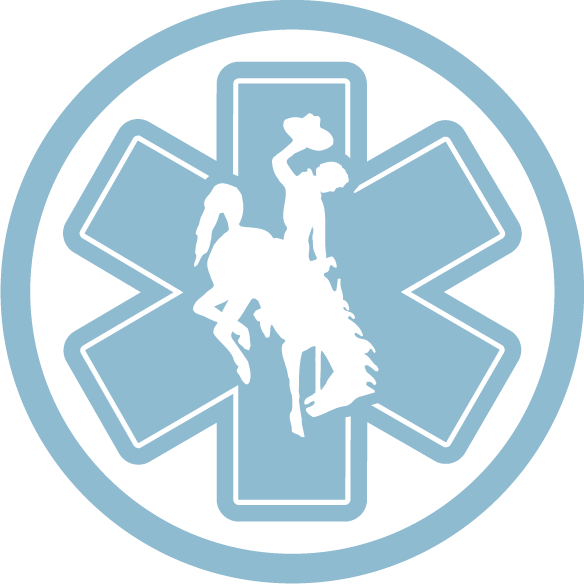The focus of the EMSC Program is to improve pediatric emergency care throughout the nation. The program has developed and is expecting all states to strive to achieve defined performance measures. These measures steer all grantees toward a common goal of better pediatric emergency care.
The main goal is to promote the improvement of pediatric emergency care. The influence and experiences with the EMS system provide a pathway to reach healthcare professionals, the general public, and public officials.
The EMSC State Partnership Program is driven by four goals:
- Expand the uptake of pediatric readiness in EDs by establishing a standardized pediatric readiness recognition program for hospitals, designating pediatric emergency care coordinators (PECCs) in hospitals, and ensuring staff weigh and record children’s weight in kilograms.
- Improve pediatric readiness in prehospital systems by establishing a standardized pediatric readiness recognition program for prehospital emergency medical services(EMS) agencies, increasing the number of PECCs in EMS agencies, and increasing the number of prehospital EMS agencies that have a process for skills-checking on the use of pediatric equipment.
- Increase pediatric disaster readiness in both hospital EDs and prehospital EMSagencies by ensuring that disaster plans address the needs of children.
- Prioritize and advance family partnership and leadership in efforts to improve EMSC systems of care, by including and engaging family representatives who can speak to the emergency care needs of children in their community while participating on State EMSC Advisory Committees.
NATIONAL EMSC PERFORMANCE MEASURE 1.1
Hospital Emergency Department Pediatric Readiness Recognition Program
PROGRAM GOAL
To increase the percent of hospitals with an ED recognized through a statewide, territorial, or regional standardized program that are able to stabilize and/or manage pediatric emergencies.
NATIONAL EMSC PERFORMANCE MEASURE 1.2
Hospital Emergency Department Pediatric Emergency Care Coordinator (PECC)
Program Goal
To increase the percent of hospitals with an ED that have a designated nurse, physician, or both who coordinates pediatric emergency care.
NATIONAL EMSC PERFORMANCE MEASURE 1.3
Hospital Emergency Department Weigh and Record Children’s Weight in Kilograms
Program Goal
To increase the percent of hospitals with an ED that weigh and record children in kilograms.
NATIONAL EMSC PERFORMANCE MEASURE 1.4
Hospital Emergency Department Disaster Plan
Program Goal
To increase the percent of hospitals with an ED that have a disaster plan that addresses the needs of children.
NATIONAL EMSC PERFORMANCE MEASURE 2.1
Prehospital Emergency Medical Services Pediatric Readiness Recognition Program
Program Goal
To increase the percent of prehospital EMS agencies recognized through a statewide, territorial, or regional standardized program that are able to stabilize and/or manage pediatric emergencies.
NATIONAL EMSC PERFORMANCE MEASURE 2.2
Prehospital Emergency Medical Services Pediatric Emergency Care Coordinator (PECC)
Program Goal
To increase the percent of prehospital EMS agencies in the state that have designated individual(s) who coordinates pediatric emergency care.
NATIONAL EMSC PERFORMANCE MEASURE 2.3
Prehospital Emergency Medical Services Use of Pediatric-Specifc Equipment
Program Goal
To increase the percent of prehospital EMS agencies in the state that have a process that requires prehospital practitioners to physically demonstrate the correct use of pediatric-specifc equipment..
NATIONAL EMSC PERFORMANCE MEASURE 2.4
Prehospital Emergency Medical Services Disaster Plan
Program Goal
To increase the percent of prehospital EMS agencies in the state that have a disaster plan that addresses the needs of children.
NATIONAL EMSC PERFORMANCE MEASURE 3.1
Family Representation on the State EMSC Advisory Committee
Program Goal
To increase the percent of states that have a Family Representative on their State EMSC Advisory Committee who represents the emergency needs of children in their community.

